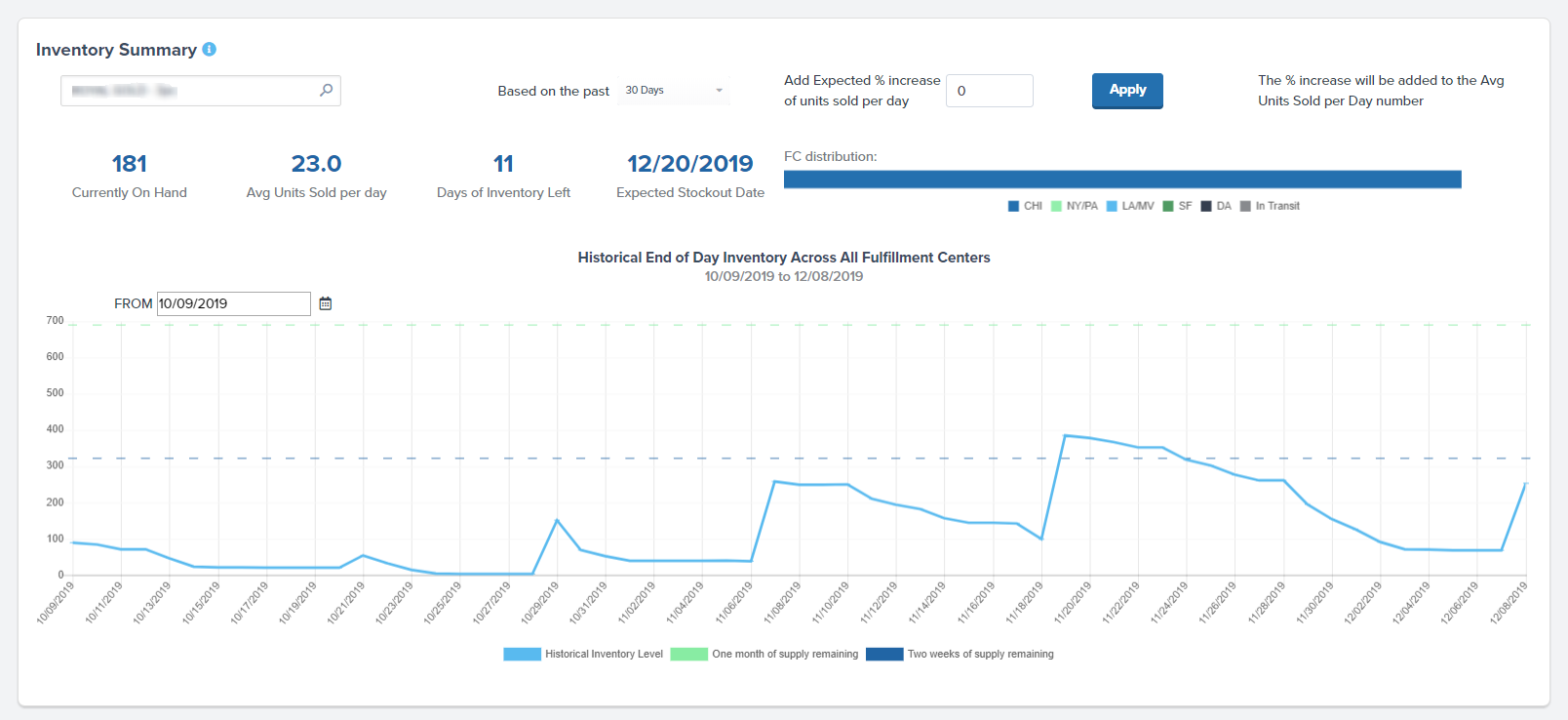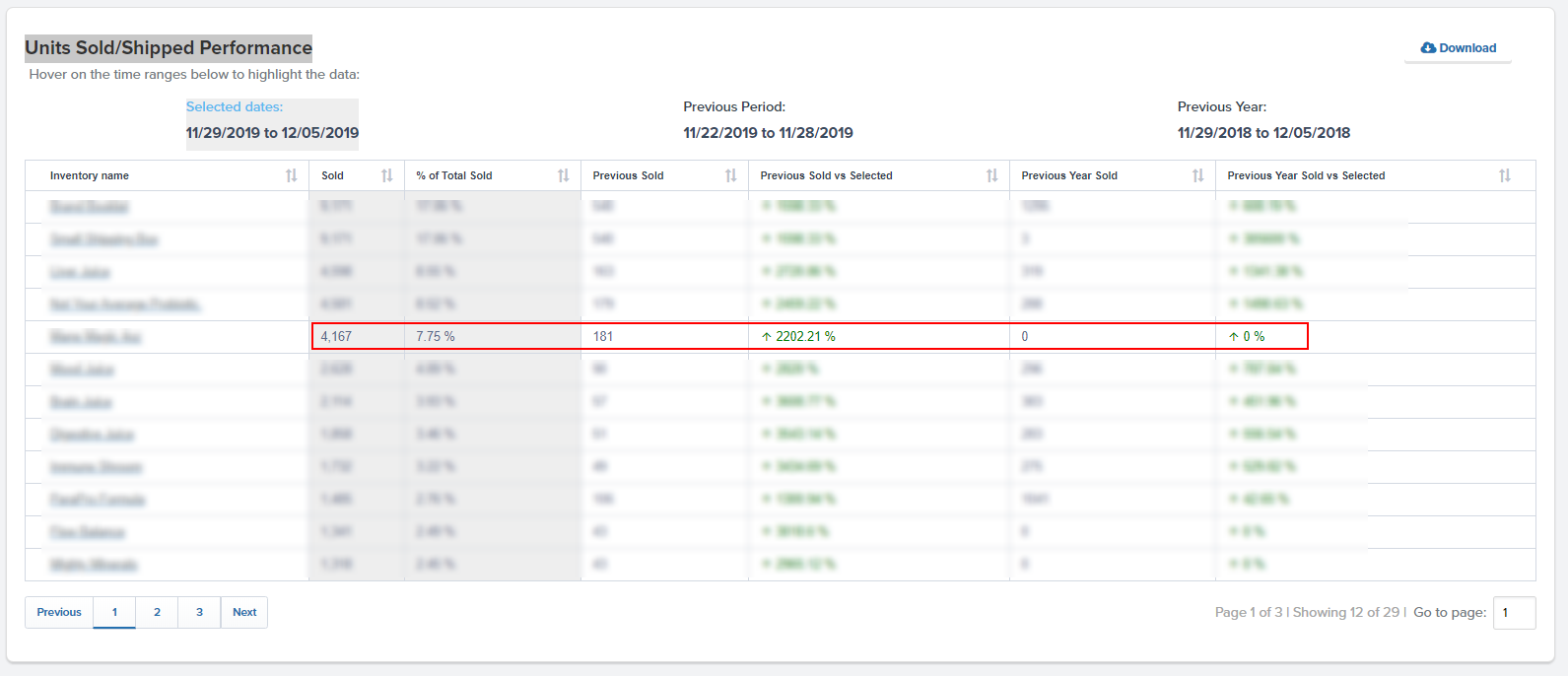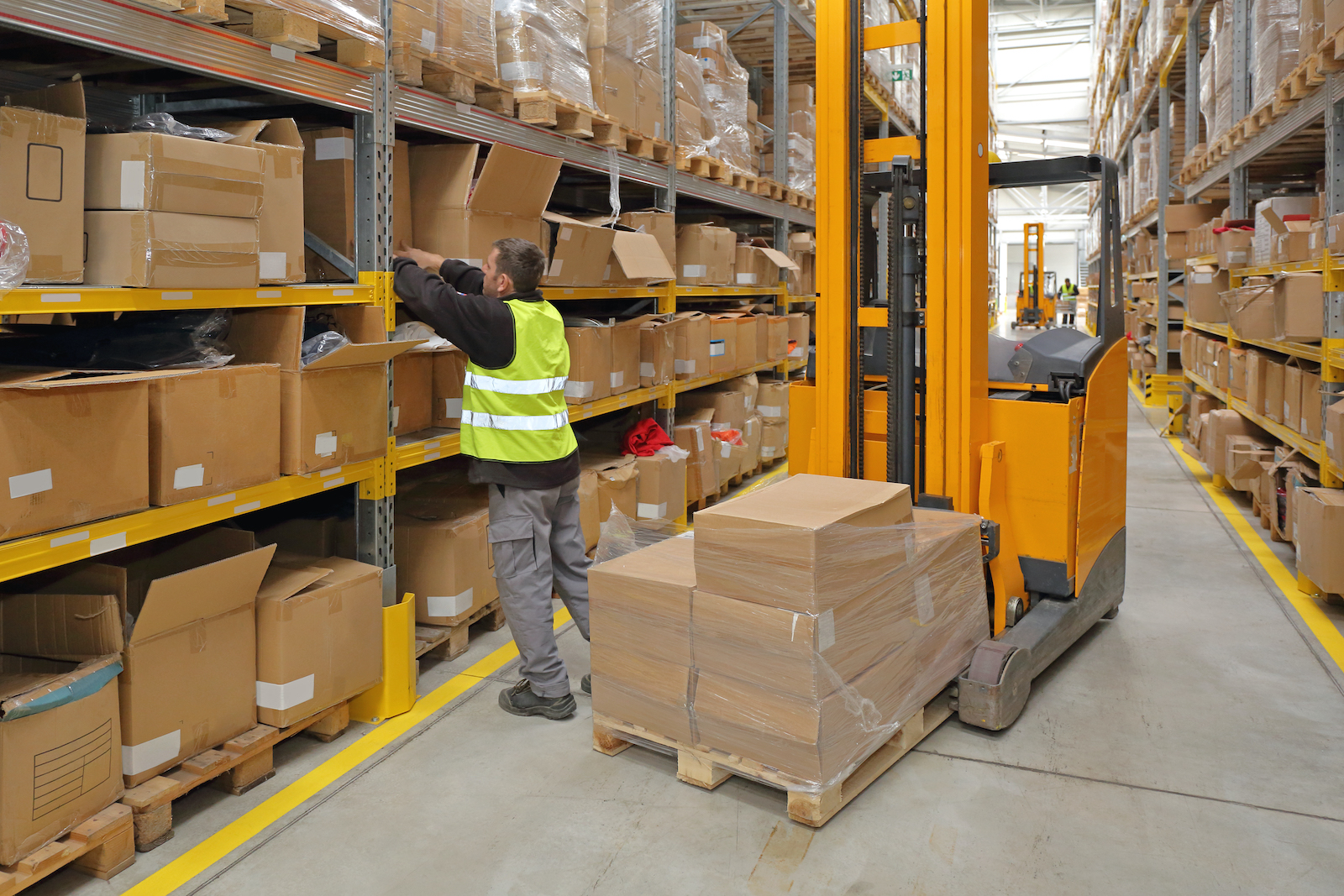Table of Contents
** Minutes
What is inventory carrying cost?
3 reasons why carrying cost is important for ecommerce businesses
4 critical components of carrying costs
Using the inventory carrying cost formula
Businesses underestimate their total costs. And not just advertising and customer acquisition costs but logistics costs as well.
Similar to shipping and handling, where many businesses record postage but forget to account for the total inventory costs of packaging, packing supplies, and the labour required to pack boxes, load products onto trucks, and other movement needed to fulfil orders, inventory costs beyond raw materials and the cost of goods sold are often overlooked.
That’s where the inventory carrying cost comes into play.
What is inventory carrying cost?
Inventory carrying cost is the total cost of all expenses related to storing or holding any unsold goods. Typical inventory carrying costs include warehousing, labour, insurance, and rent, as well as depreciating non-physical costs caused by damaged, expired, or out-of-date products.
The total carrying cost of inventory makes up around 30% of total inventory costs and will depend on your products and storage needs, your total number of SKUs, your location, your inventory turnover rate, and whether you keep fulfilment in-house or outsource it.
3 reasons why carrying cost is important for ecommerce businesses
Ecommerce logistics is complex and expensive, yet inventory management affects your available capital, ability to meet customer expectations, and ultimately the future of your business. Learn the importance of carrying costs in ecommerce.
1. Keep track of expenses
Carrying costs are a critical part of an ecommerce business’s expenses. Inventory accounting, or the process of accounting for changes in the value of inventory over time relies on properly tracking carrying costs.
By knowing how many units you have on hand and how much your warehouse costs are for expenses like warehouse rent, staff salaries, depreciation, insurance, and other operational processes involved in storing inventory (or warehousing fees if you use a third-party ecommerce warehouse), you can have an accurate picture of your carrying costs.
2. Accurately calculate profit
The accuracy of the profit that your business records is directly dependent on the accuracy of your inventory carrying costs. Simply knowing the current inventory value doesn’t acknowledge the inventory holding costs associated with storing a product until a customer is ready to buy. When you understand your carrying cost, you can calculate your potential profit as well as how much cash you will have available for future production needs.
Let’s take this (oversimplified) example: If it costs you $5 to manufacture a product and you sell it for $10, then you can record a $5 profit, right? Well, if you forgot to account for the $1 it costs on average to store each unit before it sells, then you should actually add $1 more to the cost per item. This takes your profit margin from 50% to an actual margin of 40%.
3. Make your business more efficient
If you’re paying a lot of money to hold a level of inventory that’s not selling quickly or much at all, the financial health of your business may be in jeopardy. For example, if you sell inventory within 180 days of buying it as compared to having it sit for only 90 days, your carrying costs may double.
Tracking your carrying cost should help reveal areas of potential savings for your business across inbound and outbound logistics and ways to optimise inventory storage and repurpose funds. If your business has poor inventory flow and high carrying costs, you may want to identify products that are low sellers to be phased out, warehouse locations that can save you money, or even find different manufactures that can lower costs.
4 critical components of carrying costs
To calculate the carrying cost of inventory, you need a few line items related to the cost of doing business (or the holding costs of inventory).
1. Storage costs
Warehousing, or the storing of physical goods before they are sold, is one of the top expenses of a business’s inventory carrying cost. Warehousing can simply be rent for your warehouse, or the fees that a third-party charges. These can range from per-SKU or per-unit storage, to a fixed fee for each bin, shelf, or pallet used. If your sales fluctuate seasonally or month-over-month, storage costs may become costly during the low season.
Many businesses choose to work with a third-party logistics service provider or 3PL company, who will store inventory in their warehouses for the merchant. Each SKU needs its own storage unit in the fulfilment centre, and those costs will contribute to the carrying cost. Of course, more complex storage requirements such as temperature regulation or refrigeration will cost even more.
2. Labor costs
If you manage order fulfilment in-house, you need to invest in the workforce needed to receive, stow, organise, pick, audit inventory, and otherwise move product. You should ensure operations are streamlined with everything from an efficient layout to optimised picking lists by bin location to help reduce costs.
3. Cost of insuring and replacing items
Besides the inventory storage space and labour needed to maintain inventory, carrying costs also factor in damaged, expired, destroyed, or out-of-season items, as well as insurance for storing inventory in the event that a disaster strikes and it’s insured.
4. Opportunity cost
The money spent on carrying inventory could be spent more productively in ways that help you scale your business like investing in capital cost. By reducing the inventory you hold, you free up both cash and time for better, more revenue-generating facets of the business — from building your customer community to marketing your products and getting them in front of new eyes.
Using the inventory carrying cost formula
To use a simple total inventory carrying cost formula, first add up the following annual costs:
- Storage costs (rent, taxes, insurance, etc.)
- Employee salaries
- Opportunity costs (if able to calculate)
- Depreciation costs (spoiled, expired, out-of-season inventory that no longer has value)
Then, divide the carrying costs by the total value of annual inventory to get a percentage. Together, the inventory carrying cost formula looks like:
(Storage Costs + Employee Salaries + Opportunity Costs + Depreciation Costs) / Total Value of Annual Inventory = Inventory Carrying Cost
So, let’s say your carrying cost for the year is $1 million, and the average annual value of your inventory is $6 million. Your inventory carrying cost expressed as a percentage of the cost of the inventory would be 16.67% ($1 million divided by $6 million).
How ShipBob keeps carrying costs low
If you outsource fulfilment to a 3PL like ShipBob, you get state-of-the-art technology, a national warehouse infrastructure, and a more efficient and cost-effective process.
Only pay for the storage that you need
ShipBob helps lower inventory carrying costs when storing inventory in our warehouses by allowing you to only pay for the space you need. You can avoid purchasing land or leasing a warehouse and leverage our existing geographic footprint. This also helps you ship from locations that are closer to your customers to reduce shipping costs and transit times.
Reorder inventory on time
ShipBob helps with inventory tracking to help you know which SKUs you have in each location and also provides tools with built-in reorder point formulas for better inventory control to optimise the ideal stock levels needed to fulfil customer orders on time.

This prevents businesses from needing to spend too much money upfront on reordering inventory or sacrifice the customer experience.
Gain insights to help your business improve
ShipBob’s software syncs up with your ecommerce store to bring all of the most important information together in one place. From the ShipBob dashboard, you can gain insights on SKU performance over time by channel (see below).

You can answer important questions about demand forecasting like:
- How quickly products are selling
- Which items are slow-moving
- How many days of inventory you have until you are expected to run out (based on SKU velocity)
- How your sales are affected by different seasons and months
- Your best selling items and the percentage of your business they account for (and how they are performing compared to other periods)
Conclusion
When you have optimal stock levels on hand, you can reallocate funds for other purposes of the business. To learn more about how a third-party logistics provider can help with everything from reducing carrying costs to improving inventory forecasting, get in touch with ShipBob today.
ShipBob helps you calculate the inventory needed to fulfil future customer orders with a data-driven approach. When you understand how your inventory has moved historically, you can make better decisions and supply chain optimizations. Learn more about ShipBob’s ecommerce fulfilment services by requesting a pricing quote below.
Improve inventory management with ShipBob’s WMS
For brands looking to store inventory and fulfil orders within their own warehouses, ShipBob’s warehouse management system (WMS) can provide better visibility and organisation.
Ecommerce merchants can now leverage ShipBob’s WMS (the same one that powers ShipBob’s global fulfilment network) to streamline in-house inventory management and fulfilment. With real-time, location-specific inventory visibility, intelligent cycle counts, and built-in checks and balances, your team can improve inventory accuracy without sacrificing operational efficiency.



